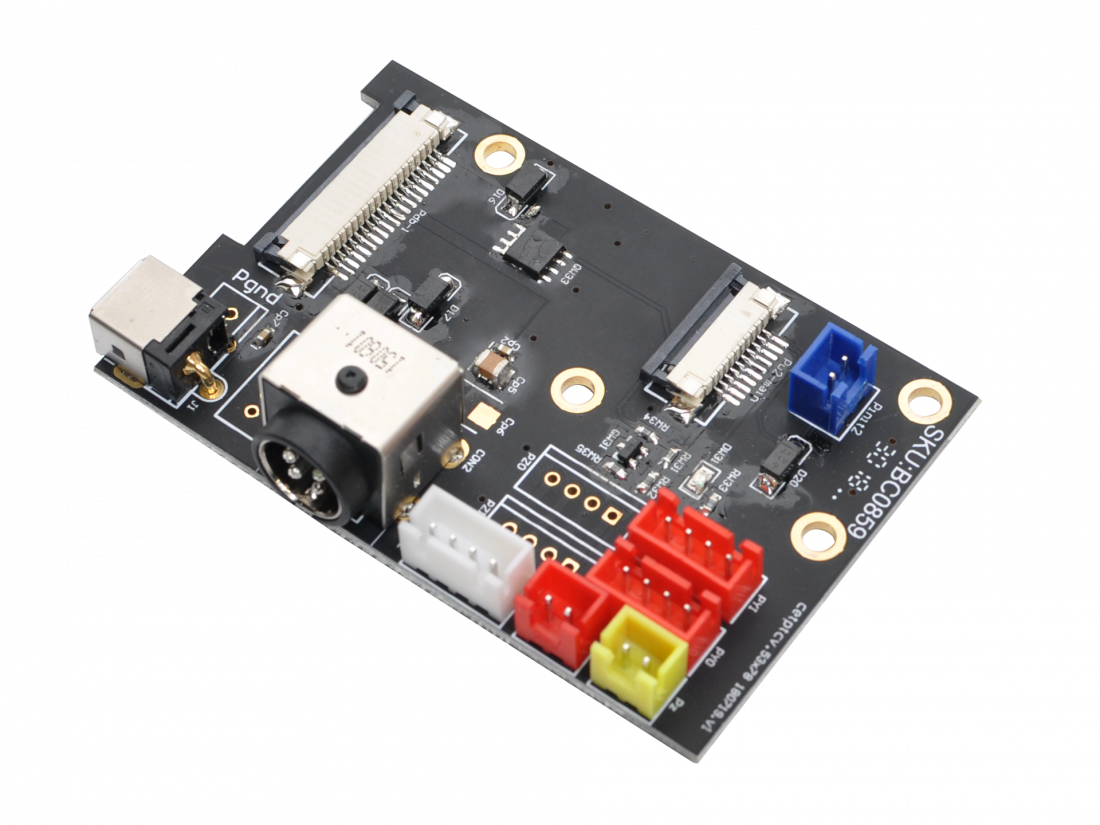
The procedure I use does not allow them to be solved or eliminated, but allows them to be circumvented (bypass? Sorry, I do not know much English). While I was developing it (for myself, reading many different tips on different forums), I ran into some incomprehensible problems. Maybe the order of actions can be different and more optimal. Maybe that’s why I remember all the difficulties so well. M82 set extruder absolute coordinates mode M104 S215 set hotend temperature, warm up Mm_per_line_segment 1 # Necessary for cartesians using rectangular-gridĪfter starting the printer with this config.txt in the Pronterface, I do: After the height goes through this limit, no more compansation will be applied _limit 1 # The compensation algorithm will stop working after this limit, starting from the "dampening_start" parameter. Any height before this setting is still will be compensated fully If you set this setting to a height, the compensation will start to be applied less and less (linearly) until "height_limit" is reached.
Calibrate cetus3d full#
_start 0.5 # Compansation normally is applied for all heights, with full power. _by_two_corners false # G29/31/32 will not work without providing XYAB parameters: XY - start point, AB rectangle size from starting point. _readable true # Human readable formatting of probe table Probe where to move to in Z before it probes, this should be around 5-10mm above the bed _height 5 # The initial height of the probe lift above the table, mm. true # True = When you start the printer, the table is loaded from the file _offsets 20,0,0 # Offset of the probe in relation to the nozzle, mm FALSE, If you are not using all 3 endstops _home false # This can be set if you want the leveling strategy to home before probing. _y_size 5 # The number of points along the Y axis for the case if X! = Y. _x_size 5 # The number of points along the X axis for the case if X! = Y. # 5 # Number of points on each of the axes. true #The strategy must be enabled in the config, as well as the zprobe module. What am I missing here? What am I doing wrong? I printed without leveling and with leveling and there’s no difference.
Calibrate cetus3d manual#
I tried flashing the latest firmware, an older firmware, changing the leveling strategy, many codes of leveling, rewriting from scratch the config file to match the firmware, following the zprobe manual over and over again, but it all boils down to this: It does the calibration nicely and write the conclusions in the machine control terminal, but all the prints look the same, and it is evident that the calibration is not taken into account. I tried G29, G32, both of them with 3 point calibration, now G31 is the latest. _by_two_corners true # Two point calibration Mm_per_line_segment 1 # necessary for cartesians using rectangular-grid _limit 1 # no compensation to apply after this point (optional) _start 0.5 # compensation decrease point (optional) _height 10 # will move to Z10 before the first probe false # If the saved grid is to be loaded on boot then this must be set to true _offsets 0,0,0 # Optional probe offsets from the nozzle or tool head 5 # The size of the grid, for example, 7 causes a 7x7 grid with 49 points. You can redo the 9 point calibration to evaluate the leveling result and make test print by printing 9 small cubes on the plate to validate the true # The strategy must be enabled in the config, as well as the zprobe module. Step 5. Reset the 9 point calibration values to zero after mechanically leveling the Y-axis. Then re-tighten the screws on the bracket and put everything back as before.

You need to loosen the 3 screws holding the bracket, then make sure the bracket, the rods and the build plate are all in parallel. Step 4. Use the extrusion rod provided (Spool holder rods) as a guide to align the Y-axis to the build plate.

Step 3. Slide the Y-axis to the right and remove it from the bracket.

Please note that you do not need to remove the screws, just loosen them is ok. Step 2. Loosen the 3 screws that on the back of the the Y-axis.

Therefore leveling Y-axis is essentially leveling the Y-axis bracket.Īrnold, a Cetus MK3 user also share his method here: The leveling of the Y axis is determined by the Y-axis bracket, which is a sheet metal part that connecting the Y-axis to the Z-axis. While investigating the cause of the problem, here we put together a short tutorial for your to fix it. Since we have a few reports about mechanically unleveled Y-axis.


 0 kommentar(er)
0 kommentar(er)
